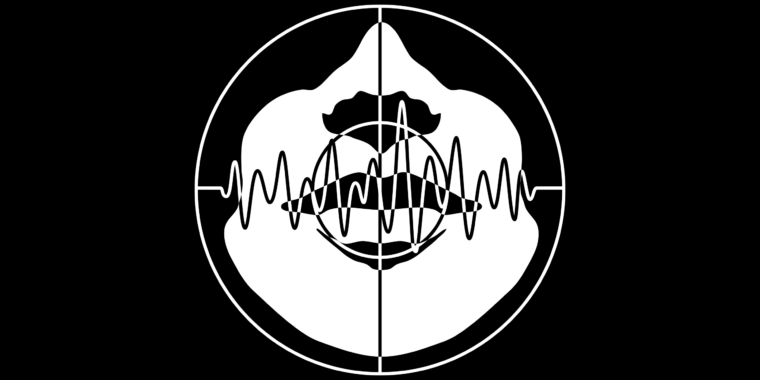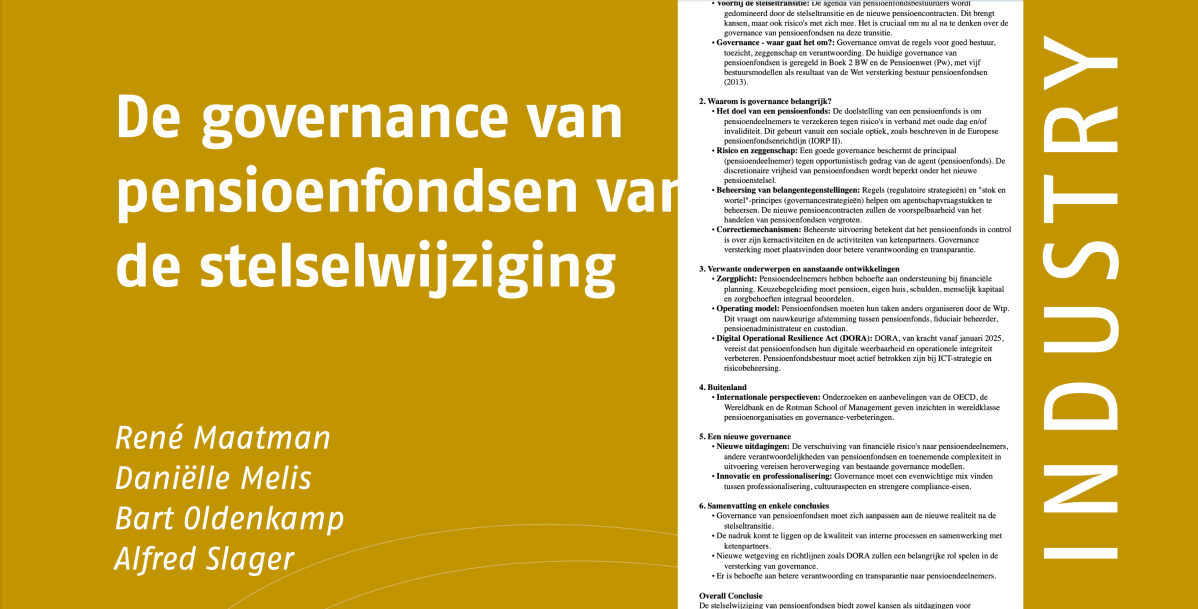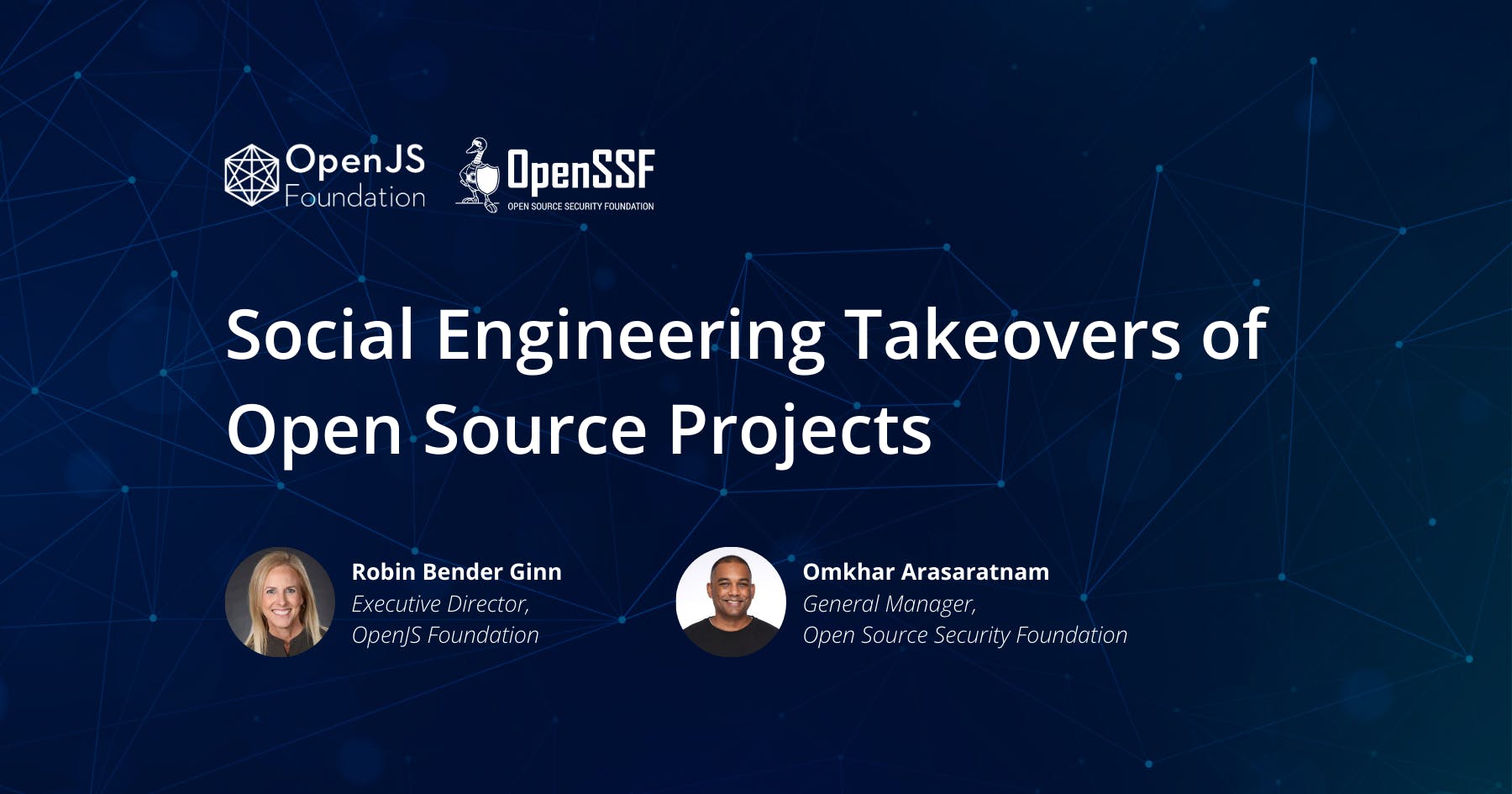I have been contemplating moving to SearNXG for a few weeks, but I have a hard time finding whether I can configure things like domain down-ranking/blocking or custom bangs and lenses, does anyone know if you can do that on a user or instance-level?
BlackEco
- 10 Posts
- 49 Comments
I still don’t get why Strava activities are public by default and why they do not make their users aware of it. I remember having to rummage through the settings to make activities private by default.

 482·21 days ago
482·21 days agoIf you want an experience similar to Arc without the AI nonsense, there is Zen Browser, a Firefox fork with vertical tabs, profiles and side panel.

 2·1 month ago
2·1 month agoParents, maybe? They are usually so concerned about children’s safety, whether that’s their kids or someone else’s.

 12·1 month ago
12·1 month agoIt will end up being analogous to Uber and Lyft, and neither helps reducing the amount of cars on the road.

 78·1 month ago
78·1 month agoAlso it doesn’t respect
robots.txt(the file that tells bots whether or not a given page can be accessed) unlike most AI scrapping bots.

 8·2 months ago
8·2 months agoIf you go for RAID, I would advise for software RAID rather than hardware (i.e provided by your motherboard or a physical car). Hardware RAID will lock you to the particular motherboard or RAID card, which would represent an additional hurdle when upgrading or replacing it.

 95·3 months ago
95·3 months agoEarlier this year, researchers from security firm Avast spotted a newer FudModule variant that bypassed key Windows defenses such as Endpoint Detection and Response, and Protected Process Light. Microsoft took six months after Avast privately reported the vulnerability to fix it, a delay that allowed Lazarus to continue exploiting it.
Dammit Microsoft, you only had one job!

 21·3 months ago
21·3 months agoThere are multiple causes to its demise.
The big one was security (or lack thereof) as attackers would abuse plug-ins through NPAPI. I remember a time when every month had new 0-days exploiting a vulnerability in Flash.
The second one in my opinion, is the desire to standardize features in the browser. For example, reading DRM-protected content required Silverlight, which wasn’t supported on Linux. Most interactive games and some websites required Flash which had terrible performance issues. So it felt natural to provide these features directly in the browser without lock-in.
Which leads to your second question: I don’t think we will ever see the return to NPAPI or something similar. The browser ecosystem is vibrant and the W3C is keen to standardize newly needed features. The first example that comes to mind is WebAuthn: it has been integrated directly in the browsers when 10 years ago it would have been supported through NPAPI.

 1·3 months ago
1·3 months agoI meant add support to new robots other than Dreame. On Telegram he explicitly said he won’t support any new Roborock nor Ecovacs

 11·3 months ago
11·3 months agoAFAIK Hypfer (Valetudo maintainer) has no intention to support new robots other than Dreame

 6·3 months ago
6·3 months agoAs a note, Dennis Giese —who is the co-author of the Defcon talk mentioned in the article— is also the author of Dustcloud, which is used as the basis of Valetudo. Though I’m not aware that Valetudo will ever support Ecovacs robots.

 5·3 months ago
5·3 months agoOh yes, if it ends up replacing concrete that would definitely be a win. It never was my intention to dunk on the invention, I just felt that the title was misleading and had an urge to correct it.

 40·3 months ago
40·3 months agoCarbon-negative is a long stretch, it’s just using waste material that is usually used as fuel. It’s at best low-carbon compared to concrete, which honestly is already a good thing.
At around the same time, Meyer learned about the large amount of waste lignin that is produced every year, primarily from pulp and paper processes, which is also expected to be produced from biorefineries in the future.
[…] During the production of pulp and paper products, roughly 100 million tons of lignin are produced annually as a waste byproduct and subsequently burned as low-value fuel.
Meyer saw lignin as a polymer that could be used as a material instead of a fuel and sought to crosslink it like an epoxy resin. Using lignin allowed Meyer to sequester CO2 captured from the air in the form of biomass that would otherwise be burned.
(Emphasis mine)
Holy molly, I wasn’t expecting this! Well, I guess I’ll try that out once Electric Eel’s released
TrueNAS SCALE expects you to deploy Kubernetes clusters, it is unfortunately not meant for running plain Docker. You can jump through hoops to get it working but I personally gave up and ended up running a VM on top of TrueNAS just to run Docker on it.
I don’t know about Unraid though and OpenMediaVault felt a bit unpolished the last time I used it and I can’t attest for its ZFS support.

 18·4 months ago
18·4 months agoIf I understand correctly, it’s just a fancy donation?

 111·5 months ago
111·5 months agoAh yes, classic tech solutionism.
“No need to be frugal, the tech will evolve and fix the causes of climate change!”
We need a solution right now, not in a decade, dumb ass. So frugality is the answer.

 501·5 months ago
501·5 months agoWay to push Fortune 200 companies towards Azul, Adoptium, Correto and other alternative Java distributions, Oracle!








TIL that Schneider Electric is a French company. I always assumed it was American or Swiss.